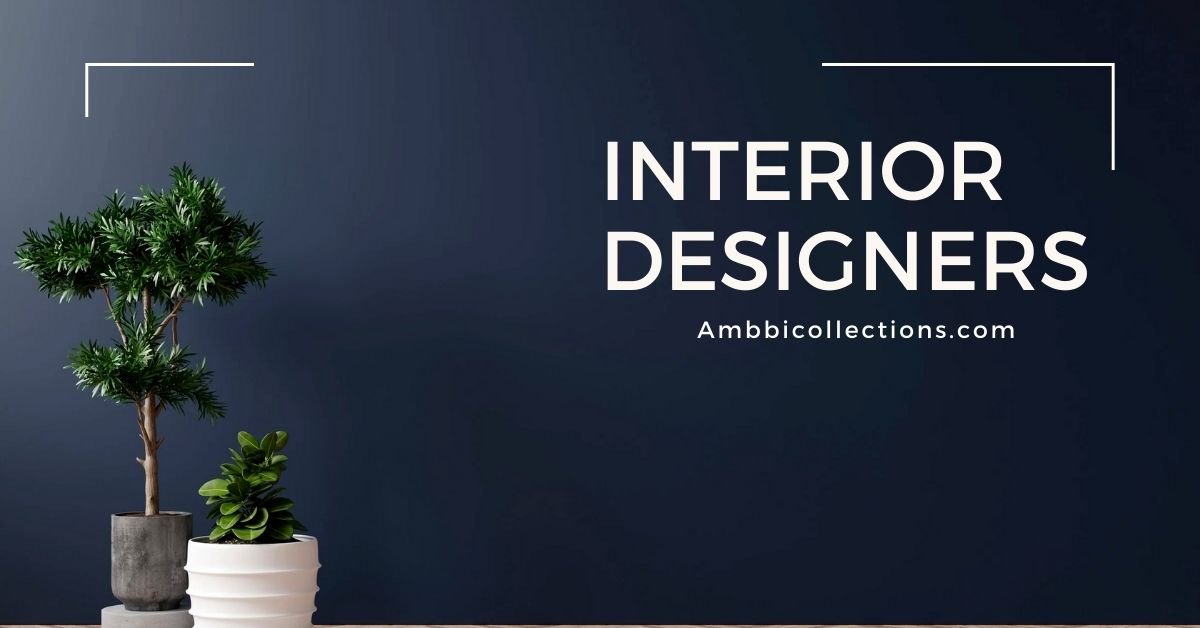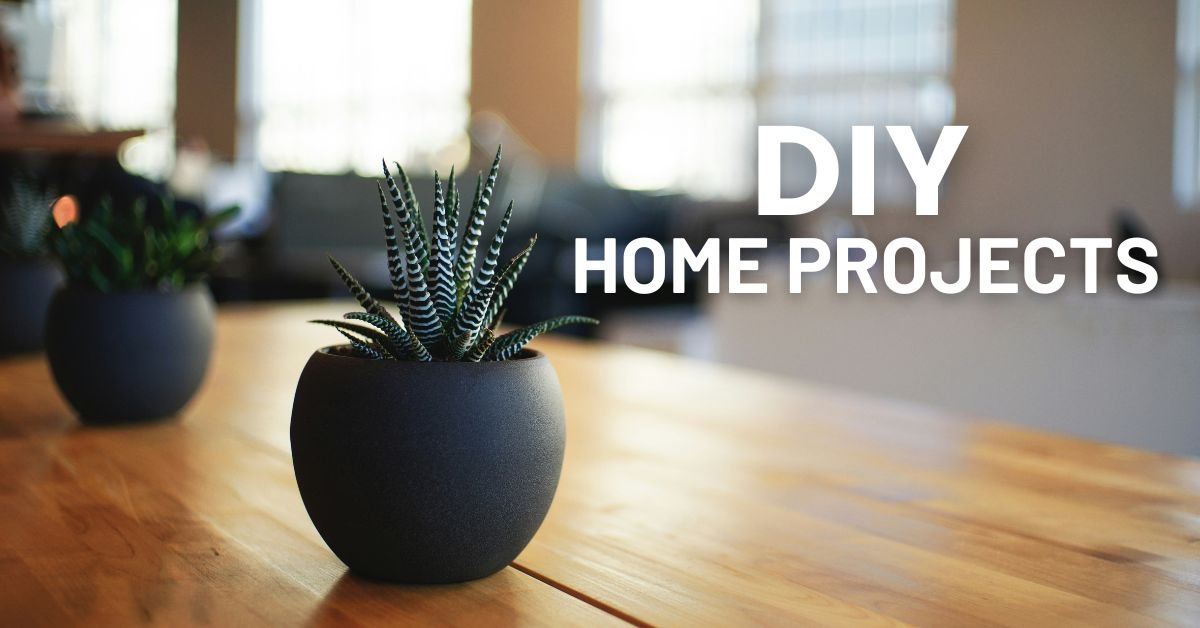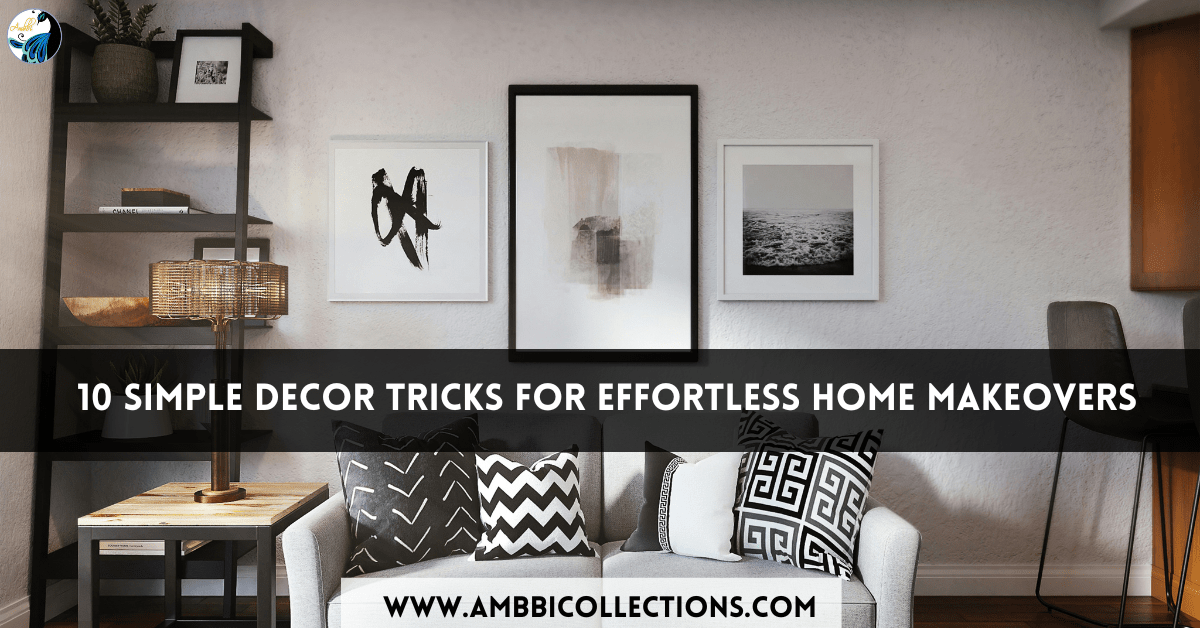Transform Your Space: A Guide to Home Interior Design
Home interior design is more than just adorning a place; it is about developing surroundings that shows your character, suits your way of existence, and makes you experience at domestic. Whether you’re stepping into the latest residence, decorating a single room, or virtually looking to refresh your space, understanding the fundamentals of home interior design permits you to advantage of a glance that’s both functional and elegant.
1. Understanding Your Style
The first step in any domestic interior layout task is understanding your private style. Do you decide on a present-day, minimalist look with smooth strains and neutral colorations? Or are you interested in a greater eclectic blend of patterns, textures, and colorful colorings? Maybe you enjoy the relaxed, rustic appeal of farmhouse style or the timeless elegance of conventional domestic interior layout.
Finding Inspiration
Magazines and Websites: Browse through home décor magazines, Pinterest, and layout blogs to accumulate thoughts on home interior design.
Showrooms and Stores: Visit fixtures shops and showrooms to peer specific styles in man or woman.
Nature and Travel: Often, the colors and textures you like in nature or have seen whilst visiting can inspire your property indoors design.
2. Planning Your Space
Good home indoors design starts offevolved with a stable plan. Measure your space and consider the format, focusing on how you use every room and what activities take region there.
Key Elements to Consider
Functionality: Ensure the distance meets your wishes. For example, a living room have to have snug seating for own family and guests, even as a home workplace should offer ample workspace.
Flow: Arrange fixtures to create a herbal go with the flow and keep away from litter. Pathways ought to be clean, permitting clean motion from one place to any other.
Focal Points: Identify and beautify the room’s focal points, consisting of a fireplace, a cute view, or a chunk of paintings.
3. Choosing Colors and Materials
Color can dramatically affect the temper of a room. Lighter shades could make a area sense large and more open, while darker colors add coziness and depth.
Tips for Selecting Colors
Start with a Base: Choose a neutral base shade for partitions and big pieces of fixtures, then upload pops of shade with accessories like pillows, rugs, and paintings.
Consider Lighting: Natural and synthetic lighting can alternate the notion of coloration. Test paint samples to your partitions and look at them at exclusive instances of the day.
Create a Palette: Use coloration theory to create a harmonious palette. Complementary colours (opposite on the shade wheel) create vibrant comparison, whilst analogous hues (subsequent to each different) offer a greater serene look.
Selecting Materials
Furniture: Choose long lasting and cushty materials for fundamental portions like sofas and dining tables. Consider the upkeep required for unique substances.
Floors: Options variety from hardwood and tile to carpet and rugs. Think about the durability, comfort, and aesthetic you need in your own home interior layout.
Accessories: Textiles like curtains, throw blankets, and cushions add softness and persona to a place. Incorporate a combination of textures to hold the layout exciting in your private home interior design.
4. Adding Personality with Décor
Your home interior design have to tell your tale. Incorporate personal touches and meaningful gadgets that make the distance uniquely yours.
Personalizing Your Space
Artwork: Display artwork, images, or prints that resonate with you. Create a gallery wall for a dynamic effect.
Collections: Showcase collections, whether it’s vintage pottery, travel souvenirs, or books.
Greenery: Plants upload life and coloration to any room. Choose low-preservation varieties in case you’re not a inexperienced thumb.
DIY Projects: Handmade items upload a unique contact. Try creating your own artwork, refurbishing old furniture, or crafting ornamental pieces.
5. Lighting Your Home
Lighting is vital in domestic indoors design, affecting both the capability and surroundings of a space.
Types of Lighting
Ambient Lighting: General lighting that illuminates the entire room, commonly from ceiling furnishings.
Task Lighting: Focused lighting fixtures for unique duties like analyzing, cooking, or running. Examples include table lamps and underneath-cupboard lights.
Accent Lighting: Highlights specific functions consisting of art work or architectural information. Use spotlights, wall sconces, or song lighting for this purpose.
Tips for Effective Lighting
Layer Lighting: Combine extraordinary varieties of lighting fixtures to create a balanced and versatile scheme.
Dimmer Switches: Install dimmer switches to regulate the brightness consistent with your dreams and temper, enhancing the ability of your own home interior design.
Natural Light: Maximize natural mild with strategically placed mirrors and mild-coloured window remedies.















 Bathroom curtains
Bathroom curtains Bathroom Mat
Bathroom Mat